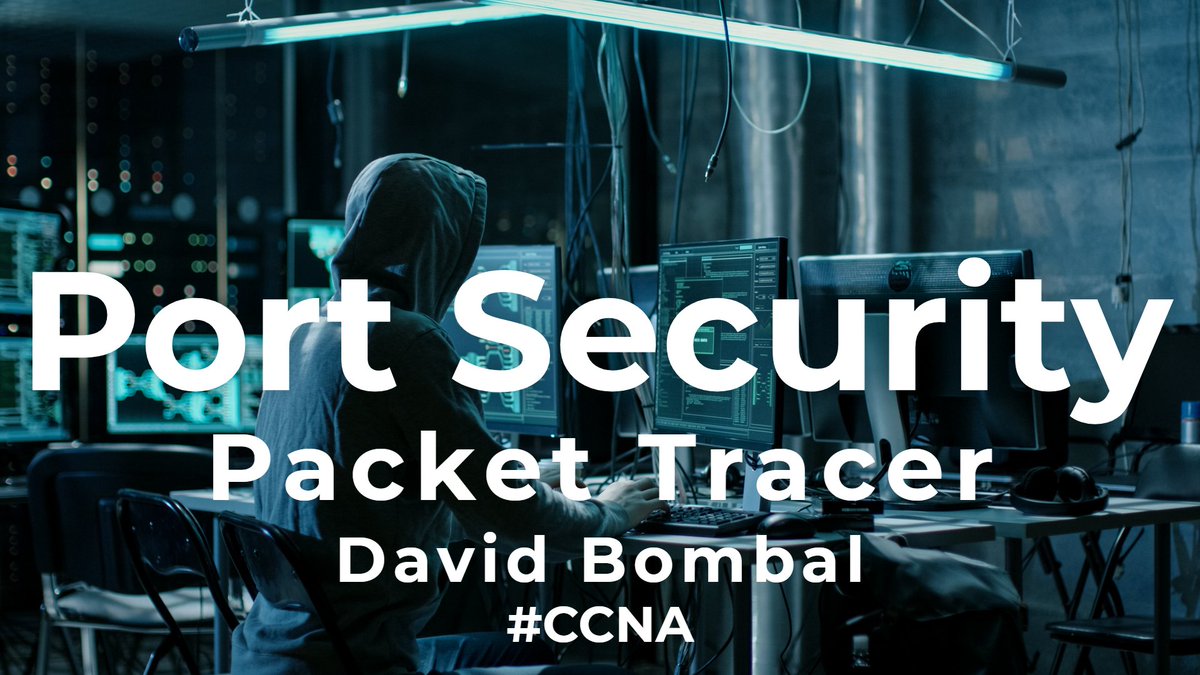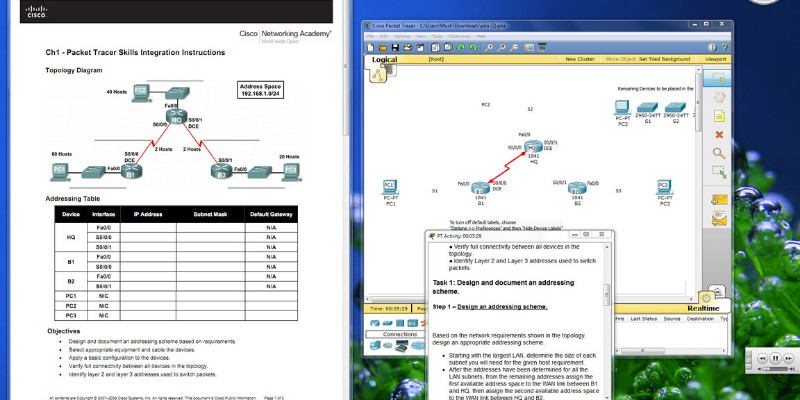
But I was able to do the equivalent on real gear in scenarios 1 and 2 above just now. I’ve made a note to that effect.įinally, I tried to force R4 to be the BDR in Packet Tracer, and couldn’t do it. But it would be better to show cases in which the results match what happens when an election happens, and defer the above logic until later when I get more into DR election. So, consider this sequence:ġ) R1’s WAN interface reaches up/up R1 becomes DR R4’s WAN interface later comes up R4 becomes BDR.Ģ) R1 and R4 initialize at the same time, R4 becoming DR R4’s OSPF process is shutdown R1 becomes DR R4’s OSPF process is then “no shutdown” to bring it up again R4 becomes BDR.įor this example, I used output to talk about the meaning of the fields. However, in real gear, note that DR/BDR election does NOT preempt the existing DR or BDR. Let me explain.įirst, you are correct in that when an election occurs on the R1-R4 link, R4 will win, and be the DR. It contains all the supporting project files necessary to work through the video course from start to finish.
Packet tracer labs ccent code#
But as it turns out, the example text is correct. Cisco CCNA Packet Tracer Ultimate Labs: ICND2 Exam Preparation Labs This is the code repository for Cisco CCNA Packet Tracer Ultimate Labs: ICND2 Exam Preparation Labs, published by Packt. Honestly, I should change the example as you say. This is the code repository for Cisco CCENT Packet Tracer Ultimate Labs: ICND1 Exam Preparation Labs, published by Packt.
Packet tracer labs ccent mac#
The security policy requires host MAC addresses to be learned dynamically, stored in the address table, and saved to the switch running configuration.




 0 kommentar(er)
0 kommentar(er)
